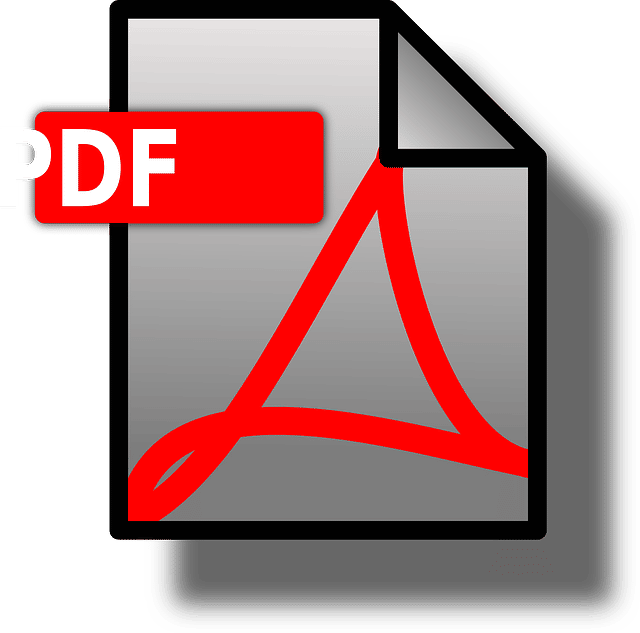
PDF is the acronym for Portable Document Format.
PDF is the acronym for Portable Document Format (a phrase that translates into Spanish as Portable Document Format ). The term, which is not included in the dictionary of the Royal Spanish Academy (RAE) but is widely used in the field of computing , identifies a modality that emerged for the storage of digital files.
This composite format (in which text, bitmaps and vector images are supported) has been manufactured by the American company Adobe Systems . The first documents of this type, along with the software that allowed them to be created and viewed, were launched in 1991 .
Evolution of PDF documents
In early versions, PDF documents did not contain external hyperlinks ; Therefore, its use on the Internet was impractical. On the other hand, PDF files were too large for connections made by telephone.
The massification of broadband, which allows the sending and receiving of large documents, helped the popularity of PDF , along with the innovations made by Adobe Systems (such as the inclusion of hyperlinks or the opening of its code) and its status cross-platform application (can be presented on both Windows and Linux and other operating systems).
PDF became established thanks to the possibility of printing exactly what is seen on the screen, without having to worry about margins or the display of images, as is the case with other formats.

PDF documents are very popular in the academic field and in the workplace.
Reasons for its success
The PDF format has currently become a kind of standard for the production of academic documents, publications and press releases, for example, being used by users, companies and state institutions.
When writing a resume , for example, this format is the most convenient to avoid potential incompatibilities, which can cause everything from graphic errors (such as a disproportionate table or a photo crossing the text) to the total inability to view it (yes, For example, the employer has an older version of the program we used to produce the file).
Furthermore, one of the reasons why people usually choose the PDF format to guarantee a clean and neat presentation is that, commonly, the Acrobat Reader program is used to view it, which does not allow any type of modification. For this reason, the document is seen as printed, unlike the appearance obtained when opening it with, for example, OpenOffice Writer, which automatically presents us with editing mode, revealing guide lines for the margins and the cursor to navigate. the text .
Another feature that helped spread the PDF format is that the official viewer, developed by Adobe , has always been free. On the other hand, until recently it was not possible to create a document of this type in a freely distributed program (today it can be done through OpenOffice).
PDF in music and law
One of the areas in which this format is most popular is music. There are several applications for composing and transcribing scores, but when distributing them for printing, the preferred file type is PDF. Its versatility allows us to view documents easily and then adjust the size to the type of sheet we have.
Signing contracts over the Internet and without the need to send originals by mail is another advantage that PDF offers. For example, if a person closes a deal to publish a book with a publisher that is geographically far from their home, it is not necessary to wait days to receive the documentation by mail, sign it, and send it back. PDF in combination with a Photoshop-style application, which allows you to open a file of this type and take it as an image, and a graphics tablet to write and draw comfortably on the computer, is all you need to solve these types of situations in one go. quickly and appropriately to current technology .
